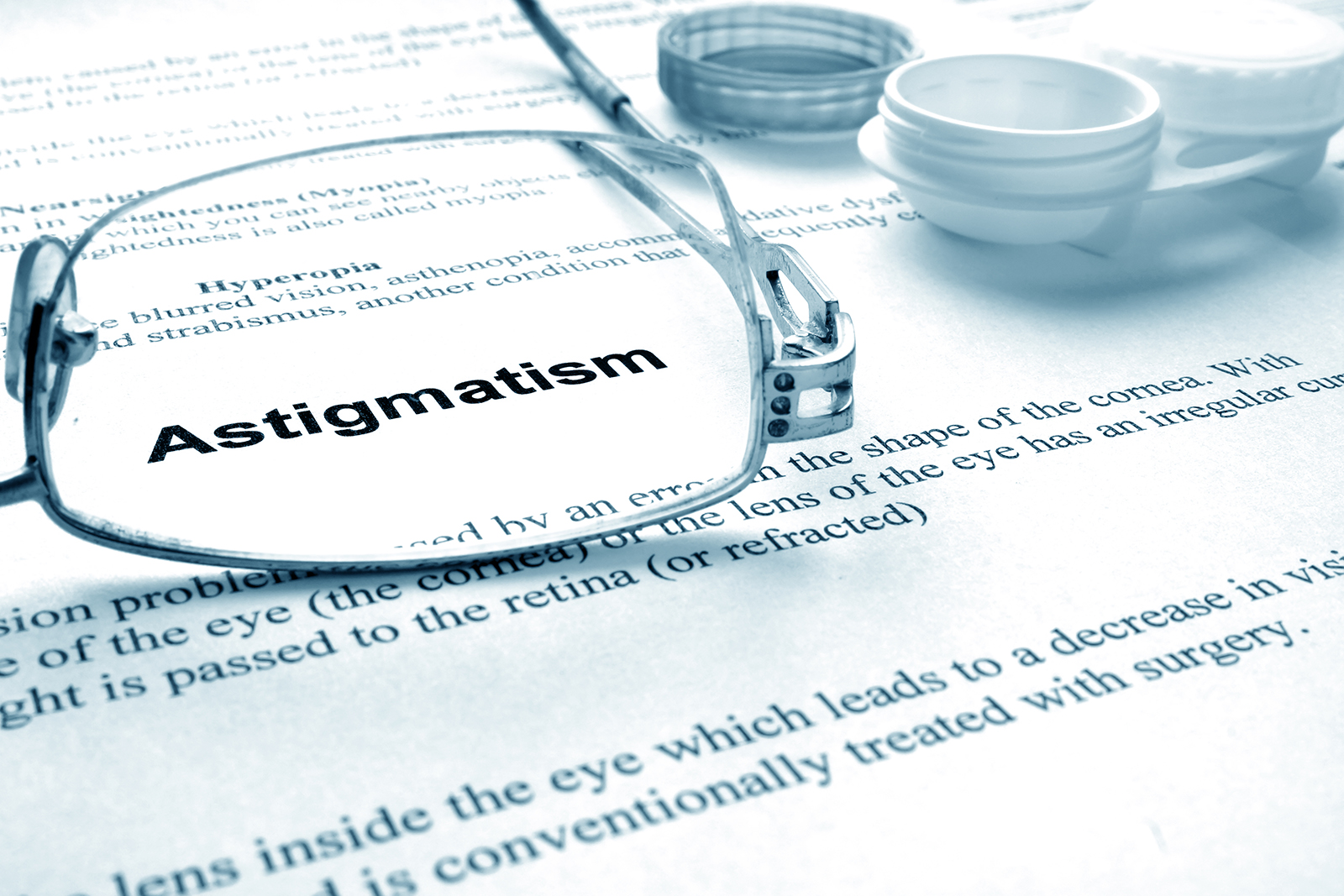We often think our vision is fine or that our eyes are healthy, but visiting our licensed optometrist for a comprehensive dilated eye exam is the best way to be sure. When it comes to common vision problems, some people do not realize they could see better with glasses or contact lenses.
So first, the refractive status is determined. Refractive errors include myopia (near-sightedness), hyperopia (farsightedness), astigmatism (distorted vision at all distances), and presbyopia which occurs between the age of 40–50 years (loss of the ability to focus up close, inability to read fine print, need to hold newspaper farther away to see clearly) can be corrected by eyeglasses, contact lenses, or in some cases surgery.
After your refractive status is determined, the doctor will place two sets of drops in your eyes. The first drop is for the pressure test for glaucoma, and the assessment of the anterior structures of your eye. The second drop dilates your pupils to facilitate examination of the posterior structures of your eye to evaluate for ocular or systemic diseases, such as diabetes, hypertension & hyperlipidemia, and some forms of autoimmune disease that may present in the dilated eye.
What are refractive errors?
Refractive errors are a type of vision problem that makes it hard to see clearly. They happen when the shape of your eye keeps light from focusing correctly on your retina (a light-sensitive layer of tissue in the back of your eye)
There are 4 common types of refractive errors:
Myopia or nearsightedness is a refractive error in which far-away objects look blurry. It happens when the shape of the eye makes light focus in front of the retina (a light sensitive layer of tissue in the back of your eye), instead of on it. A prescription for glasses or contacts will alter the way the light images enter your eyes bringing you clear vision. Eyeglasses or contact lenses will help you see clearly.


Hyperopia or farsightedness is a refractive error that makes nearby objects look blurry. It happens when the shape of the eye makes light focus behind the retina (a light sensitive layer of tissue at the back of your eye), instead of on it. If you have mild farsightedness, you may not notice any symptoms. That is why it is important to get regular eye exams. Eyeglasses or contact lenses will help you see clearly.
Astigmatism is a common eye problem that can make your vision blurry or distorted. It happens when your cornea (the clear front layer of your eye) or lens (an inner part of your eye that helps the eye focus) has a different shape than normal. The shape makes light bend differently as it enters your eye, causing a refractive error. That is why it is important to get regular eye exams.
This is especially true for children, who may be less likely to realize that their vision is not normal. Eyeglasses or contact lenses will help you see clearly.


Presbyopia is a vision condition that is a natural part of the aging process that cannot be prevented. Some signs include the tendency to hold reading material at arm's length, eye fatigue, and headaches. It happens because the lens (an inner part of the eye that helps the eye focus) stops focusing light correctly on the retina (a light-sensitive layer of tissue at the back of the eye). Presbyopia is a normal part of aging. Everyone gets presbyopia as they get older — usually after age 45. Many people have another refractive error in addition to presbyopia. Eyeglasses or contact lenses will help you see clearly.
